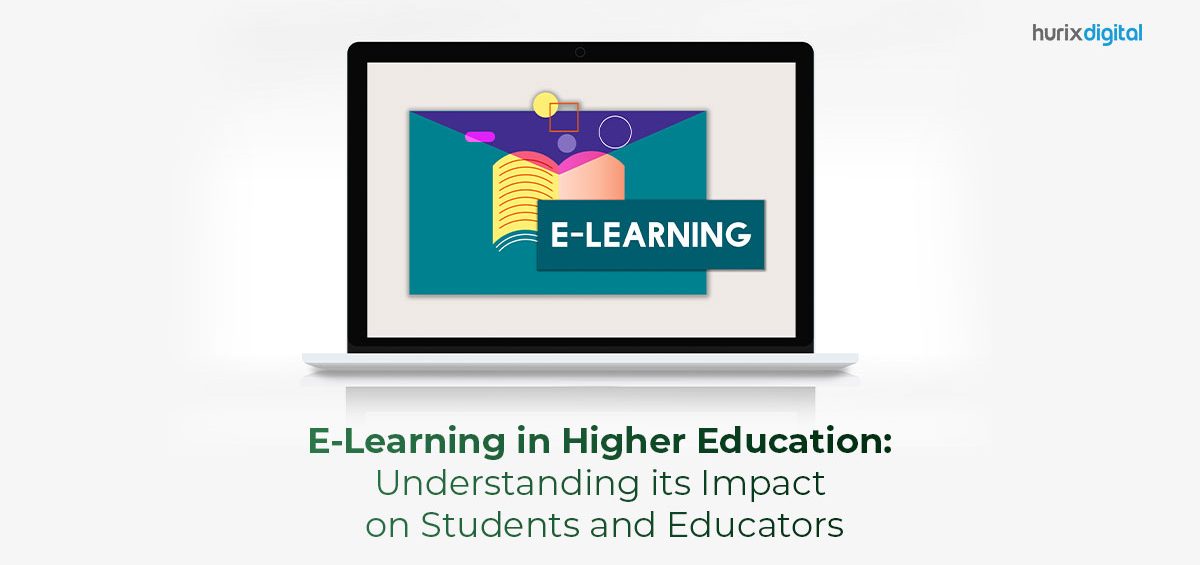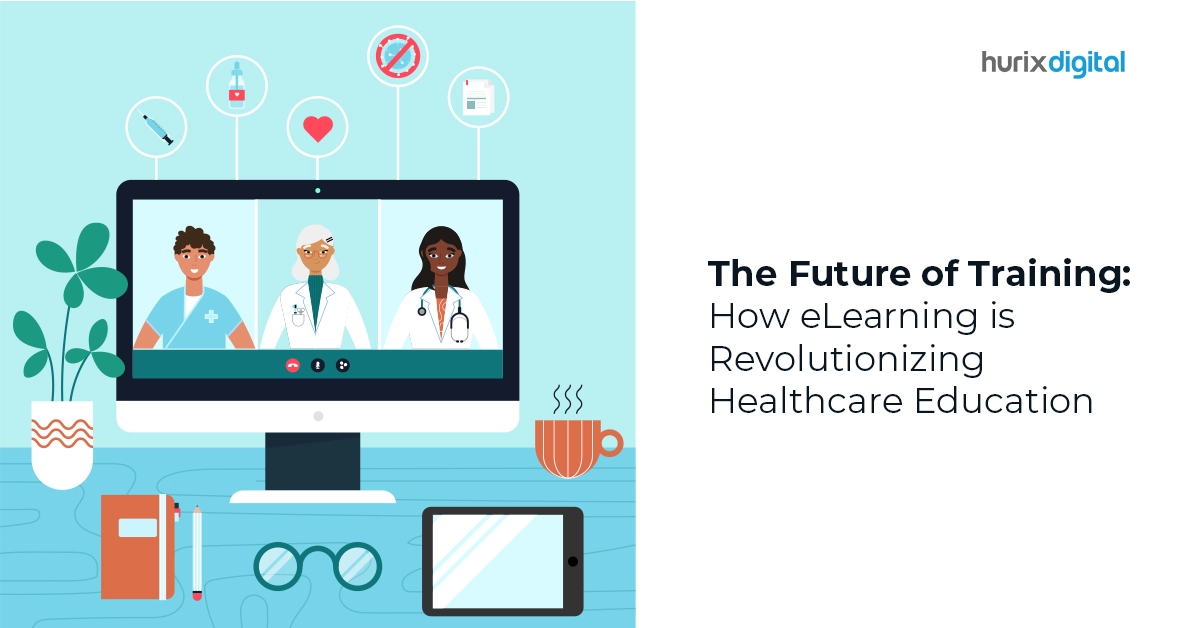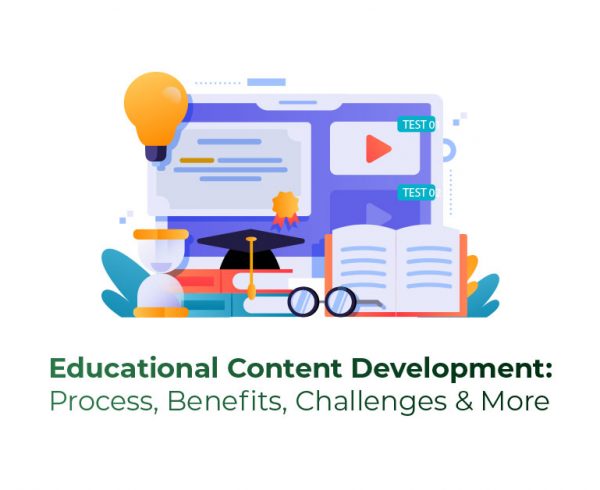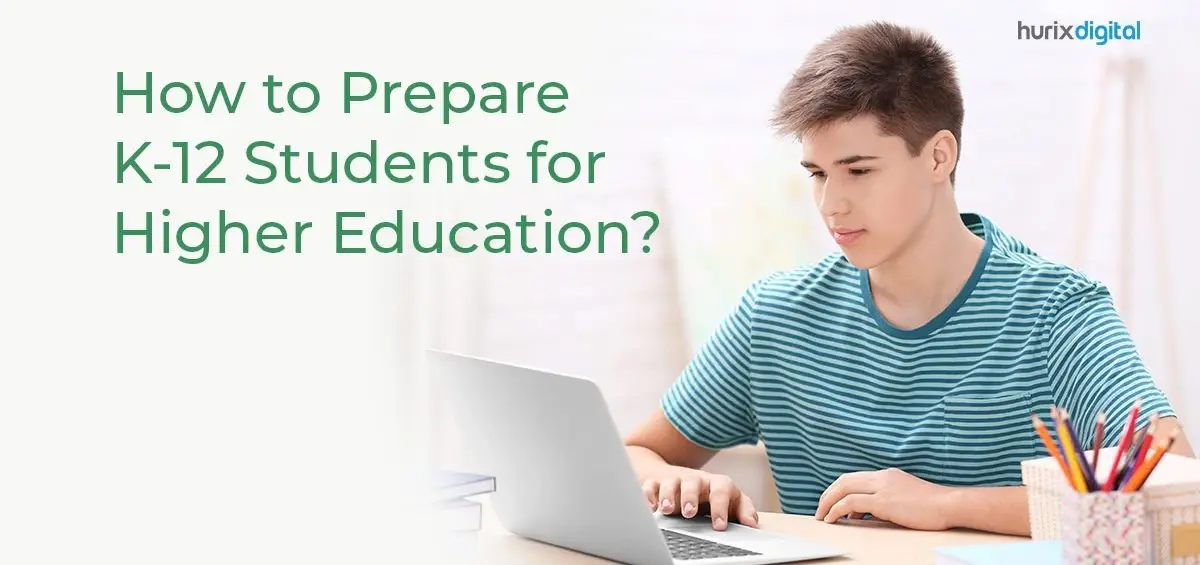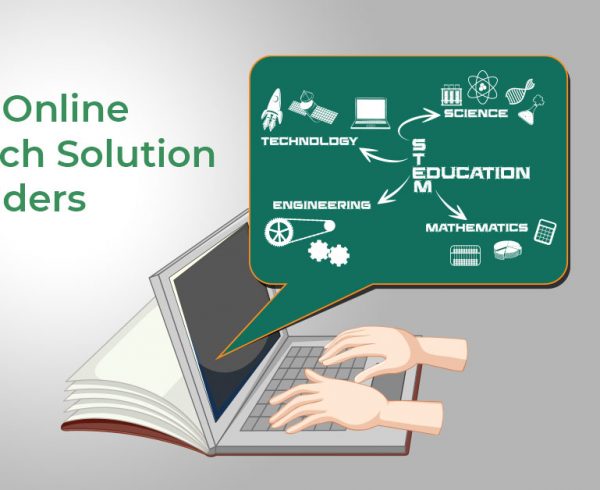An alternative to face-to-face education, e-learning is a learning system based on the use of electronic resources. It has quickly become the popular mode of education since the pandemic. The influence of e-learning in higher education is increasing and will continue to do so, with the e-learning market slated to garner $325 billion in 2025.
Since e-learning has become an integral part of higher education now, it is crucial to understand the impact it has been having on students, educators, and educational institutions. To learn about the effects of e-learning on the higher education landscape – read on!
Table of Contents:
- What are the Impact on Students?
- What are the Impact on Educators?
- What are the Impacts on Higher-Ed Institutions?
- Conclusion
What are the Impact on Students?
Greater Accessibility and Flexibility
E-learning has made it possible for students, especially students with disabilities, to attend classes from the comfort of their homes. It has increased access to education for students living in remote areas.
Unlike traditional education, where students need to attend classes at a specific time and place, with e-learning, students need not relocate to a different state or country.
They can instead access their lectures at a time and place of their convenience. Apart from lectures, students have the flexibility of working on a part-time job or honing their hobbies or skills.
Better Pace and Retention
In a traditional education scenario, there is increased peer pressure to understand whatever is being taught in a lecture in a go and perform well in examinations.
Fortunately, in an e-learning scenario, students can learn at a convenient pace without having to worry about peer pressure. Self-paced learning helps students to understand their concepts with clarity and, in turn, builds their confidence.
Besides this, e-learning can help students retain information better by increasing their retention rates to about 25% – 60% from 8% – 10%. Thus, it can aid them in remembering relevant information for a long-time and acing their examinations.
Engaging Style of Learning
Contrary to popular belief, e-learning in higher education is quite capable of providing an engaging learning experience for students. In e-learning mode, students find it easier to participate in discussions about a topic as e-learning more than takes away the fear associated with public speaking.
Moreover, students can readily collaborate with their peers to create something innovative or solve a problem creatively. Apart from this, they can get in touch with their professors for doubt clarification and receive responses quickly.
Thus, e-learning increases the opportunity for students to interact with their peers and professors and consequently improves their communication skills.
Plenty of Upskilling Opportunities
Nowadays, many jobs require candidates to possess a particular set of skills apart from academic knowledge. Thanks to the flexibility of e-learning, students can become job-fit while pursuing their grad or post-grad studies.
In an e-learning scenario, students can pursue other courses besides their degree courses online to hone their existing skills or gain a new skill. Constant upskilling increases students’ technical knowledge and enables them to stay ahead of the competition.
It also makes students equipped to handle the work in a job and increases good employment opportunities.
What are the Impact on Educators?
Better Structured and Immersive Course
E-learning in higher education has made it possible for professors to structure their courses to meet the learning needs of students. Now, they can impart information about a concept through multimedia like images, animations, etc.
They can explain complex topics simply using bite-sized videos and game-based learning. They can also share links for additional educational material with students.
All this enables professors to create an immersive learning environment for students, along with making it easy for students to gain a strong hold over the concepts in their courses.
Provision of Good Assessments and Feedback
The e-learning mode of education enables professors to create a variety of assessments for students. Professors can curate regular class assessments and independent chapter assessments in the form of quizzes, case studies, etc.
Through consistent evaluation, they can keep track of every student’s progress and provide valuable feedback about performance with improvement tips.
In addition, since e-learning enables professors to remain readily available, they can resolve students’ queries whenever they pop up. Alternatively, depending on students’ needs, they can hold independent or group doubt-clarifying sessions. In this way, they can provide a personalized learning experience to students.
What are the Impacts on Higher-Ed Institutions?
Growth in Enrollment
Even after the pandemic, 73% of students in the US have shown an interest in taking online classes. Owing to this high proportionate interest, higher education institutions will continue to see an increase in the enrollment of students in online courses from the US.
If educational institutions keep offering general and specific education courses online, they can eventually become a major source of attraction for international students.
As a result, the reach of educational institutions will expand across borders, enrollment of international students in online learning courses will increase, and lead to the cultivation of a diverse online classroom environment,
Helps Save Resources and the Environment
Creating e-learning courses is a one-time investment and saves educational institutions from the hassle of arranging for infrastructural, physical, and human resources.
Unlike traditional courses, where teaching takes place on campus, e-learning courses use 90% less energy and emit 85% less CO2, thus significantly reducing educational institutions’ carbon footprint.
Hence, implementing e-learning saves educational institutions from the cost of unnecessary resources and aids in providing an eco-friendly medium of education.
Enhances Reputation
E-learning in higher education institutions enables them to gain a good reputation due to their provision of online courses that can be completed flexibly.
It can help them enhance their reputation if they continue to improve their methods of instruction and introduce new online programs without compromising on the quality of education and accommodating the diverse needs of students.
By leveraging technological advancements to provide accessible, good-quality education to students, higher-ed institutions can stand out from the competition and garner an enhanced reputation internationally.
Conclusion
Now that you know about the impact of e-learning on students, educators, and higher educational institutions, it’s high time to incorporate e-learning in your higher education institution.
Since introducing any new technology in educational institutions can be a very time-consuming task, outsourcing services from companies like Hurix can streamline the process.
Hurix offers custom learning solutions for higher education institutions. Hurix also provides the services of an LMS and multimedia-rich content, game-based learning, simulation-based learning, and more. Hurix is also trusted by educational companies like Cambridge University Press, Wiley, Carnegie Learning, etc.
To implement e-learning in your higher education institution, connect with Hurix.
Also Read – 10 Advantages of e-Learning in Higher Education over Traditional Methods


